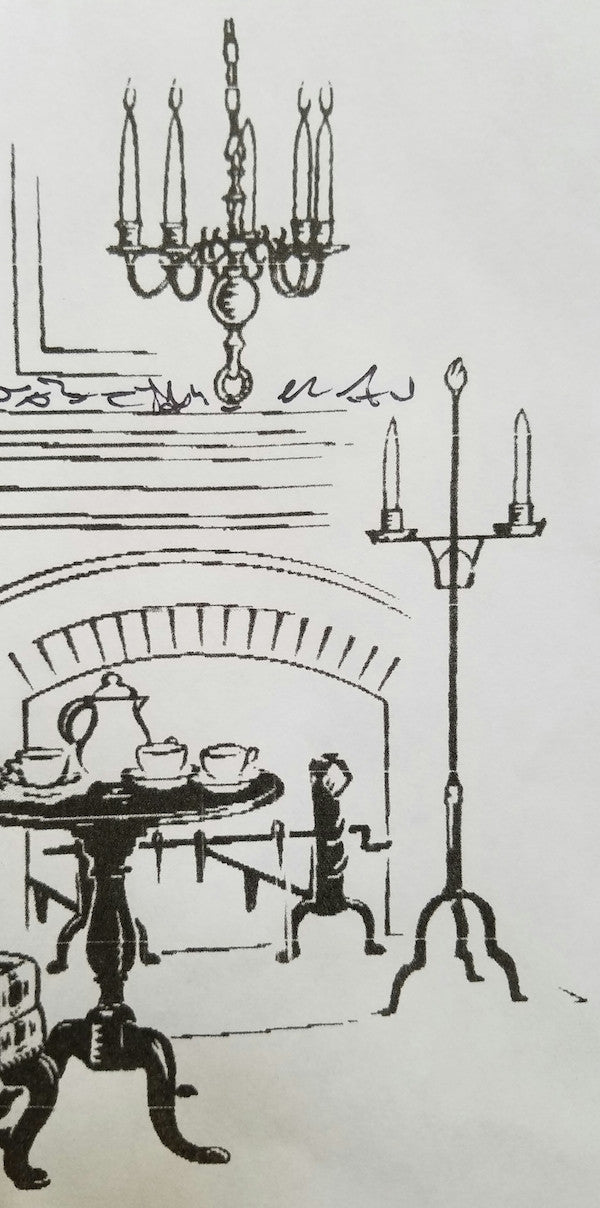
Proper Light Levels. Ambient light is soft and undefined. It is diffused with the use of low wattage bulbs (25-75 watts) and frosted chimneys. A little bit of light goes a long way at outside at night. For a wall mounted fixture, even 50 watts is considered strong.
To help determine where you would like or need ambient light in your exterior lighting plan, we suggest you actually walk your property on a clear night, when there is a full moon. Moonbeams provide an ideal model for soft, diffused, ambient light. When lighting outdoors, you should also consider the areas you like to look at during the day, and light them at night as well. On patios and decks, be careful not to "Over light" the area with too many fixtures. Remember, in such areas, many forms of portable lighting are likely to be used. Safety, as always, is the first consideration. Make sure you have planned for permanent fixtures that adequately illuminate all stairs, paths, and steps.
We also recommend dimmers in order to provide light to clean by and light to dine by!
Commercial bulbs range from 7.5 to 60 watts. Most people achieve adequate illumination and atmospheric low ambient light with bulbs of 25 watt or less. There is little glare from the larger bulbs, but low wattage bulbs are physically smaller and more pleasing to the eye.
Interior rooms benefit from having a light source in each of the corners to achieve a balanced look. If one corner is dark, the whole room can feel dark and unbalanced.
We like to use electrified candlesticks with 3-6 watt Moonlite bulbs in any room to add sparkle. This is low energy with high impact. We also recommend our special WrenWaxx Candle Covers to add a realistic candle look on these candlesticks.
LEDs (Light Emitting Diodes)
LEDs are very popular these days. They consume so much less energy and are cooler to touch than our incandescent, halogen, and xenon bulbs and we highly recommend them…. if you select the best color temperature for your location. Our first generation consumer LEDs were very blue-white and made the home feel eerie and cold. Recent introductions are correcting the color temperature, but the consumer needs to check the “Lighting Facts” box on the packaging. This is one of the most important considerations in purchasing LED bulbs.
The home atmosphere is more relaxing and enjoyable in the warmth of our former incandescent lighting. If you like a 25 watt chandelier bulb, look for it’s “equivalent” in an LED bulb. For exposed chandelier bulbs, we recommend 2200 Kelvin color temperature, as well as the newer products that stay a warm color temperature when they are dimmed. The box packaging will state if it does a warm dim.
For table lamps, and recessed fixtures with regular or reflector bulbs, we recommend 2700 Kelvin color temperature. If you like a 60 watt household bulb in your lamp, look for it’s “equivalent” in an LED bulb. Find the “Lighting Facts” box on the back to find the color temperature. Because the LED bulbs are cool enough to touch, your shades will not be harmed like the old incandescent bulbs which promoted dry rot and yellowing in the linings. You will need to make sure your dimmer is compatible. We recommend the newer LEDs that keep a warm color as they dim.
If you have an office, laundry, garage, etc you may want to try the 3000 Kelvin color temperature which is closer to halogen. Above this, the higher you go, the more blue like florescent bulbs in the office or warehouse.